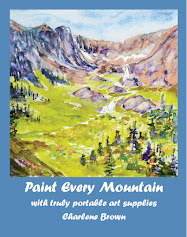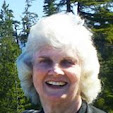t-shirt serigraph
This t-shirt I bought in Japan
has a silk-screened design that is either the Japanese characters spelling out
the words ‘Himeji Castle’ or a 17-shape haiga painting of the castle. Or both. I haven’t yet finished any of
the paintings I started while I was in Japan, so I’ve added this design and the
following quotations about haiku and haiga to the series of blog posts on
Elegant Clean Energy Haiku I started on July 29
“Both haiku and haiga translate nature through an artistic language with
spiritual immediacy and selfless skill. This is achieved through Zen-like
training in contemplation and technique. When the artist has reached the state
of wu hsin (no-mind), a plane of mental relaxation and manual dexterity, Tao*
can then take control and work through the artist’s
hand and eye. This superconscious state is not to be confused with the subconscious swamp in which the surrealists
find themselves.” – On Haiku and Haiga:
an essay, by Harold Stewart
* Tao is a ‘path’ or process rather than a theory – a term used as a convention to refer
to something that otherwise cannot be discussed in words.
“Haiku poet and haiga
artist alike endeavored to eliminate every superfluous element and to attain an
austere beauty, akin to that of abstract art...” – Haiku Painting, by Leon Zolbrod
When the haiku writer
and illustrator is a computer app, these essentially heuristic processes are
going to have to be more algorithmic – well, totally algorithmic actually. It should be possible to get around this
apparent contradiction in terms through the provision for some manual input by
the user.









